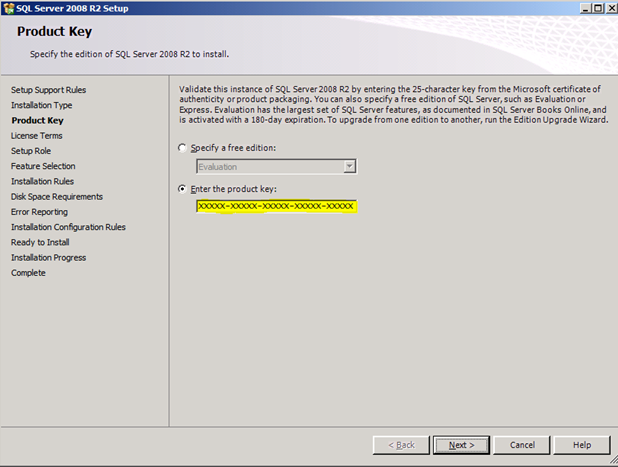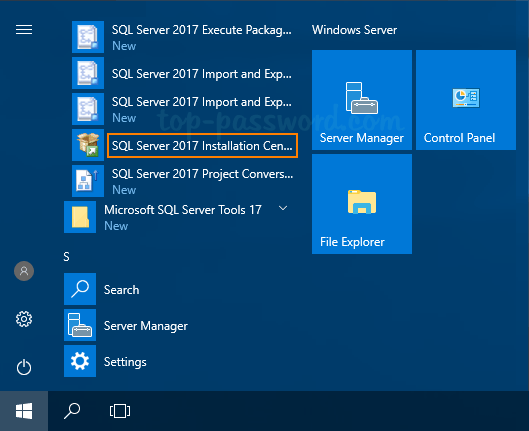

- #Ssms 2008 r2 sp2 version install#
- #Ssms 2008 r2 sp2 version upgrade#
- #Ssms 2008 r2 sp2 version license#
If default instance is already installed, you cannot select the “ Default Instance” option.Īt this step, it’ll show you the required and available space on the drive you’re installing the instance.
#Ssms 2008 r2 sp2 version install#
You can only install 1 default instance on a single machine. To install default instance of SQL Server, select “ Default Instance” otherwise select “ Named Instance” type the instance name and specify the instance root directory.Īs we’re installing Default instance, we’ll go with first option and select Default instance. This is the step where you can specify what types of instance you want to install. I’m using 32-bit machine hence I’m only getting 1 path box as shown in above image. Shared Feature directory (x86): To store 32-bit components. Shared feature directory: To store 64-bit components. If you’re installing this on 64-bit machine, you’ll find 2 path boxes for shared features as shown below. Select “ Database Engine Services” and shared features.īelow you’ll find the path where these shared features will get installed. As we don’t want Analysis and Reporting services now, we’ll not add these 2 components during installation process. This is the important step during installation because at this step only you’ll select the features you want to install.
#Ssms 2008 r2 sp2 version license#
Click NextĬlick on “ I accept the license terms” and click Next. Other editions like Enterprise, Standard, etc. If you want express edition, no need to specify Product Key. Here it’ll ask you the type of SQL Server edition you want to install on your machine or on server. If you want to add any additional features to your installed instance, you can go with option 2. At this step, you’ll find 2 options i.e.Īs we want a new installation of default instance, we’ll select first option. You find this step only if you previously installed any instances of SQL Server on your machine. If you get passed in all rules, you’re good to go. Click on Install Button.Īgain SQL Server runs a checkup after install to ensure whether your machine is OK or not for the installation. After successful check you’ll get Install button to proceed further. If check fails on any step listed in the rules, you won’t be able to continue the installation.Īt this step SQL Server Setup look for some components required during installation. Here setup will perform a check to ensure whether you can proceed with the installation or not. “ New SQL Server stand-alone installation”. As we’re doing a fresh installation, we’ll select first option i.e.
#Ssms 2008 r2 sp2 version upgrade#
Go to installation section, here you’ll find various options to install instance, add new features and upgrade your SQL Server. Right click on the setup and run it as Administrator.

Step 1: Open explorer and you’ll see setup file as shown below. So, I’ve divided this in 2 sections as listed below. But no worries, we’ll also see the steps for fresh installation. You can see, there’s a little difference in installation steps when you do a fresh installation.Īs this will be my 4th instance, it'll not be a fresh installation.

On my machine, I’ve already installed 3 named instances of SQL 20 and now I’ll be installing default instance of SQL 2008.


 0 kommentar(er)
0 kommentar(er)
